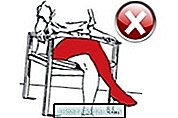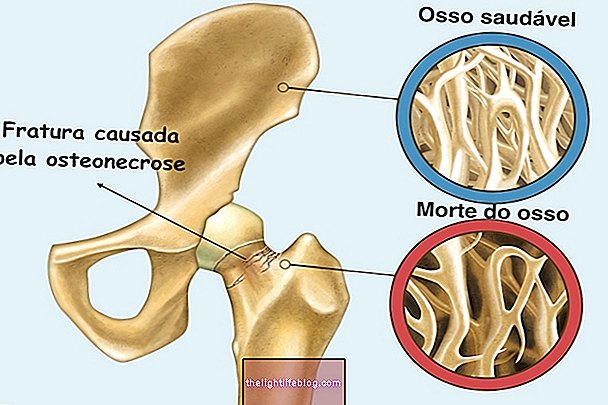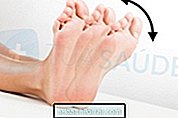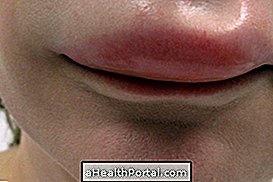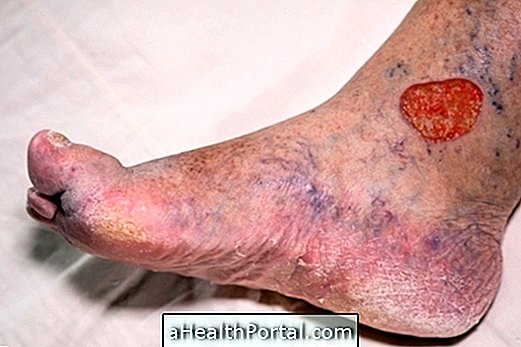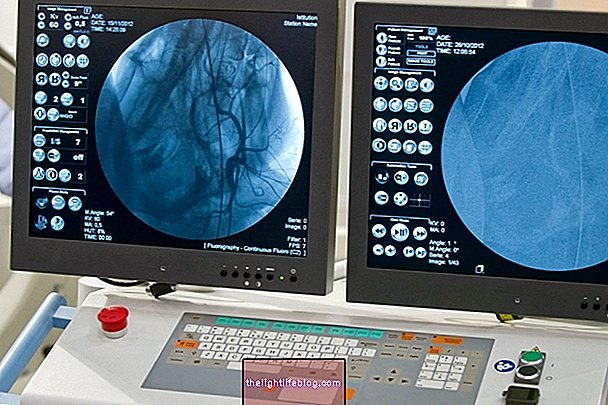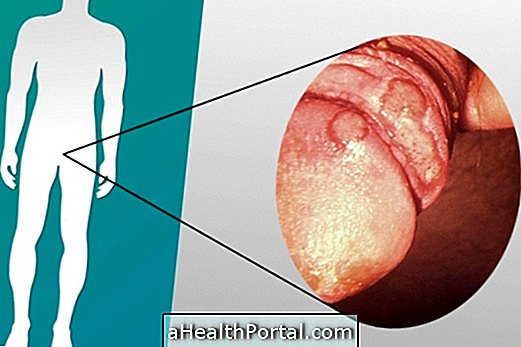Bursitis is an inflammation of the synovial bursa, a tissue that acts as a small cushion located inside a joint, preventing friction between the tendon and the bone. In the case of shoulder bursitis, there is localized pain in the upper and anterior part of the shoulder and difficulty in movement. Their treatment consists basically in the use of anti-inflammatory, resting of the arms, avoiding efforts and the physiotherapy can be of great help.
Symptoms of shoulder bursitis

The symptoms of shoulder bursitis are:
- Pain around the shoulder, especially at the top;
- Difficulty in lifting the arm above the head due to pain;
- Muscle weakness throughout the affected arm;
- There may be a sensation of local tingling that radiates throughout the arm.
To confirm that it really is a bursitis, the physiotherapist and orthopedist can feel the painful shoulder and ask the person to perform some specific movements to assess the pain. Exams are not always necessary, but your doctor may order an x-ray or MRI scan to see if there are other causes for shoulder pain.
Causes of Shoulder Bursitis
Bursitis on the shoulder can be caused by overuse of the joint, especially in movements that raise the arm above the headline, as in swimming, for example.
Athletes, painters and cleaners are individuals very likely to develop shoulder bursitis due to repetitive practice of this type of movement.
But bursitis on the shoulder can arise after sudden movements, such as lifting a heavy suitcase, a direct thump, or falling onto the floor, and support with the hands, for example, with joint involvement.
Treatment for shoulder bursitis
Treatment for shoulder bursitis can be done with the use of anti-inflammatories such as Diclofenac, Tilatil and Celestone for 7 to 14 days. But in addition, it is important to give rest to the joint, staying away from work if possible.
You can also choose the natural painkillers mentioned in the following video:

Placing a bag with ice or ice water on the shoulder can bring relief from the pain and will help fight inflammation, aiding in the treatment. It should be used daily, for 20 minutes, 2 to 3 times a day.
Physical therapy is very important and contributes to the success of bursitis treatment. Analgesic and anti-inflammatory resources should be used daily until there is a good decrease in symptoms. When this occurs, you should start strengthening your arm muscles. Stretches and joint mobilizations can be used since the first session.
